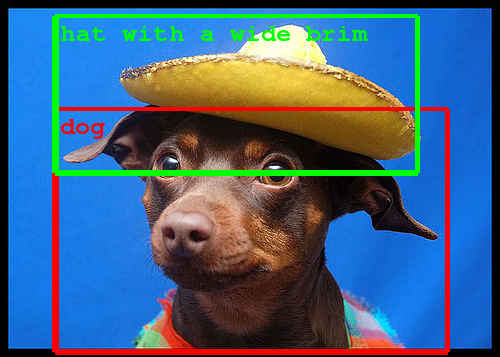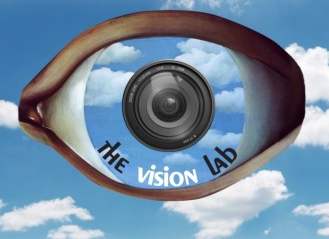| Dive Into A Convolutional Neural Network Class |
| Written by Sue Gee | |||
| Monday, 19 January 2015 | |||
|
Do you fancy trying to get your head around computer vision, image classification, back propagation and all the other ramifications of convolutional neural networks. If so course materials from a Stanford class are being made available online. The "live" presentation of a new class, CS231n: Convolutional Neural Networks for Visual Recognition, aka ConvNet, started on January 5th at Stanford and outsiders are welcome to follow along. Course notes and slides are being made available on GitHub and its assignments are accessible on a browser-based virtual machine. Prerequisites are basic knowledge of Linear Algebra (e.g. vector matrix operations) and Calculus (e.g. taking derivatives). The term "convolutional neural network" is one I Programmer used a lot in 2014. It can be thought of as an deep neural net, i.e. one with lots of layers, which is applied at every location of the input image. You can imagine a convolutional net as one that has inputs from a smaller area of the image and this window is repeated shifted a little to cover the entire image. If you followed all our stories you'll also have come across the ImageNet competition, source of much of the background and materials of this course.
It is being taught by members of the Stanford Vision Lab. The course instructors are Fei-Fei Li, Director of the lab, and Ph D student Andrej Karpathy, lead author of Deep Visual-Semantic Alignments for Generating Image Descriptions and creator of ConvNetJS, a framework that brings deep neural networks to your browser, a project described by Mike James as "a good and very useful piece of work" when we reported on it last year . Over the 10-weeks of the course students will learn to define, train, understand and debug Convolutional Neural Networks (and Neural Networks in general). The final assignment will involve training a multi-million parameter convolutional neural network and applying it on the largest image classification dataset (ImageNet). The course will focus on how to set up the problem of image recognition, the learning algorithms (e.g. backpropagation), practical engineering tricks for training and fine-tuning the networks and guide the students through hands-on assignments and a final course project. The full schedule and syllabus provides more details and slides and notes are now posted for the first two weeks. You'll also find the first class assignment, which has a deadline of January 21st and involves an implementation of the kNN/SVM/Softmax classifiers (in Python/numpy) for image classification. For this first presentation videos are unavailable (planned for future re-runs) but the class notes, which are intended to be built up into a comprehensive reference for building, training, understanding and debugging CNNs.
More InformationCS231n: Convolutional Neural Networks for Visual Recognition Related ArticlesConvNetJS - Deep Learning In The Browser The Deep Flaw In All Neural Networks Google's Neural Networks See Even Better
To be informed about new articles on I Programmer, install the I Programmer Toolbar, subscribe to the RSS feed, follow us on, Twitter, Facebook, Google+ or Linkedin, or sign up for our weekly newsletter.
Comments
or email your comment to: comments@i-programmer.info
|
|||
| Last Updated ( Monday, 19 January 2015 ) |




